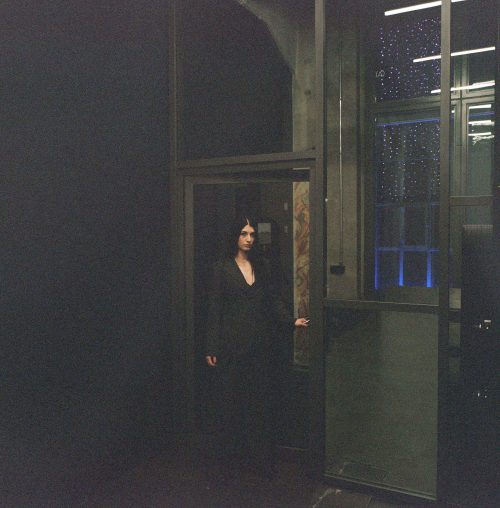
Tapta (Maria Wierusz-Kowalska)
Tapta: Flexible Forms
Project Info
- 💙 Muzeum Susch
- 💚 Liesbeth Decan
- 🖤 Tapta (Maria Wierusz-Kowalska)
- 💜 Liesbeth Decan
- 💛 Federico Sette
Share on

Advertisement
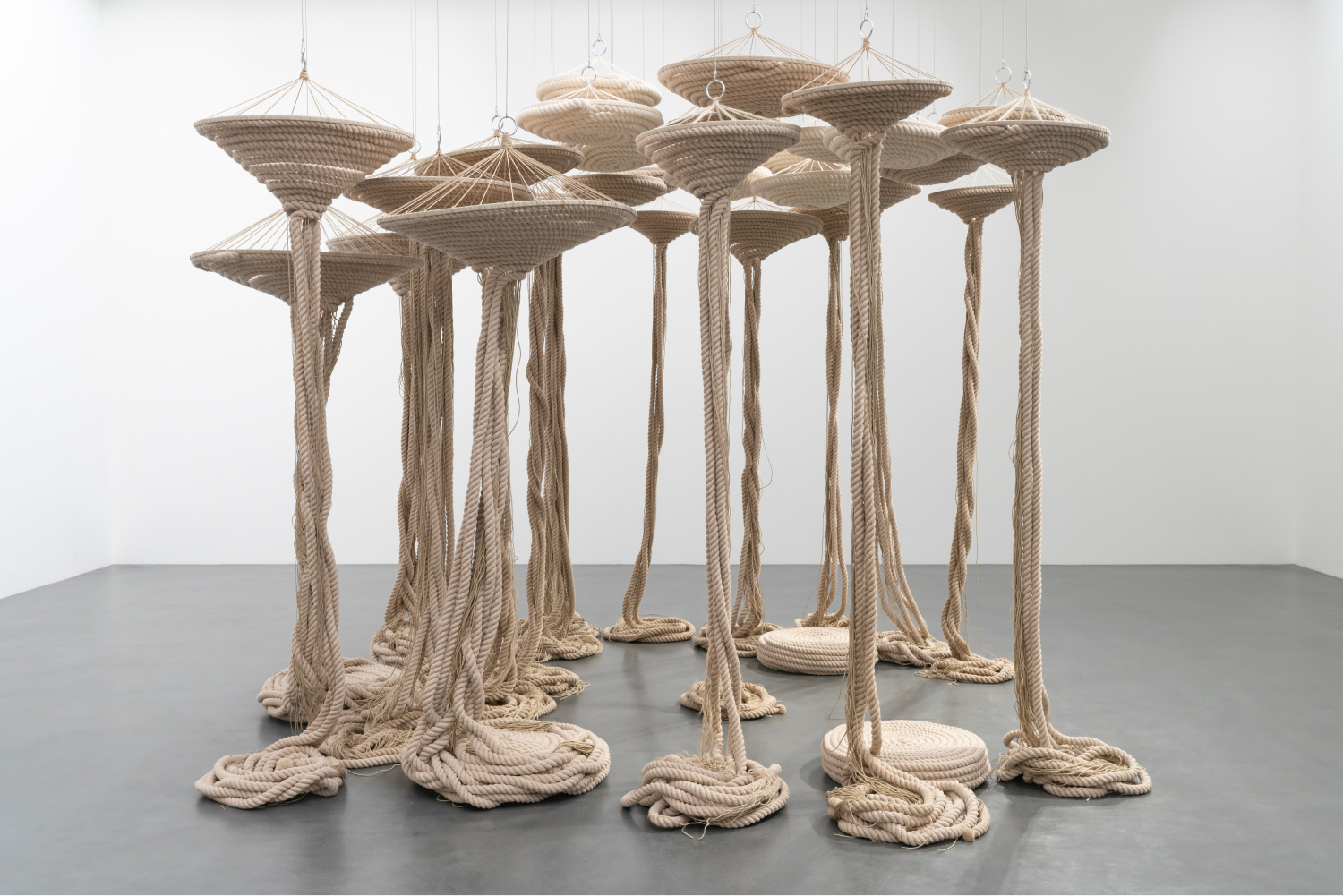


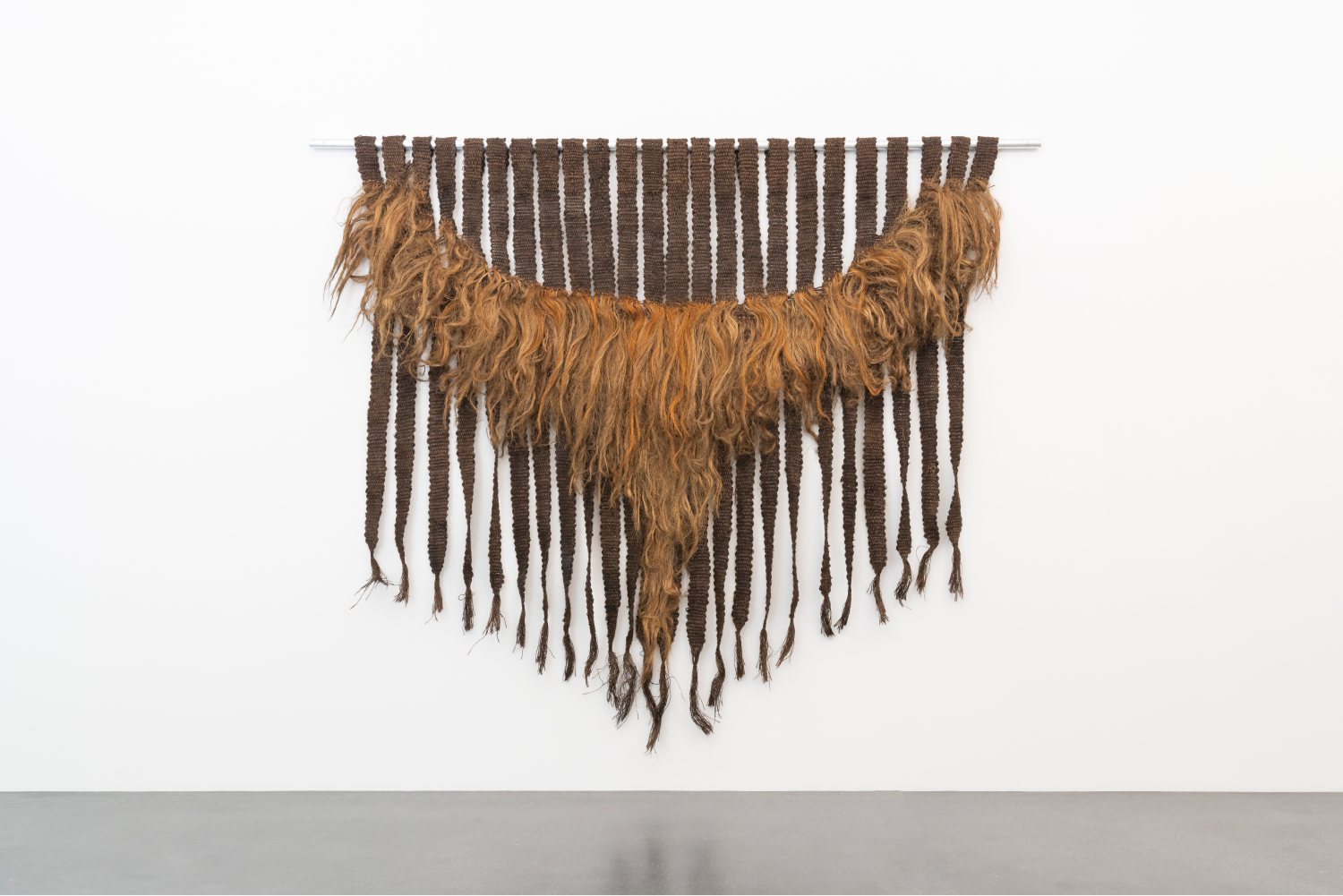
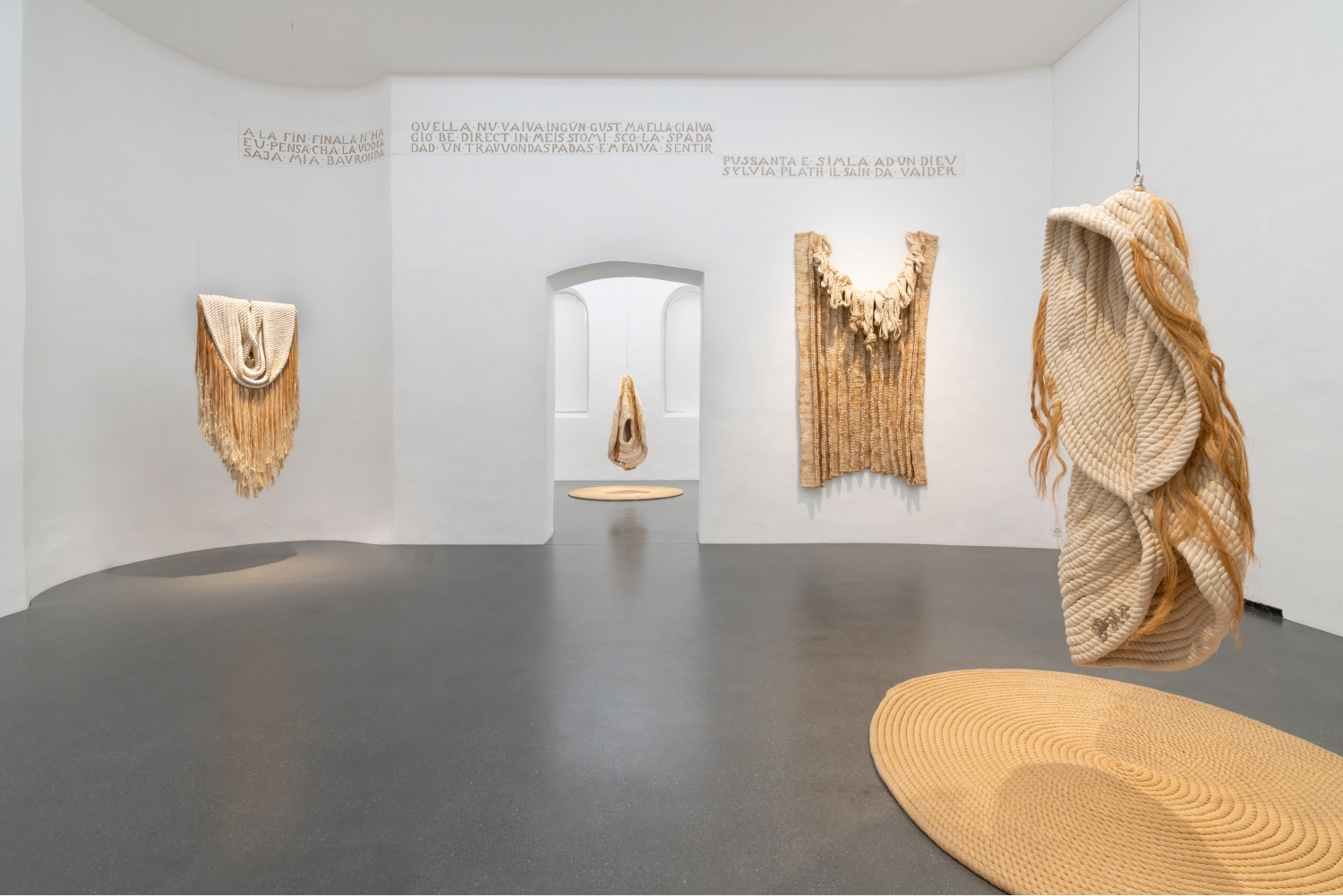
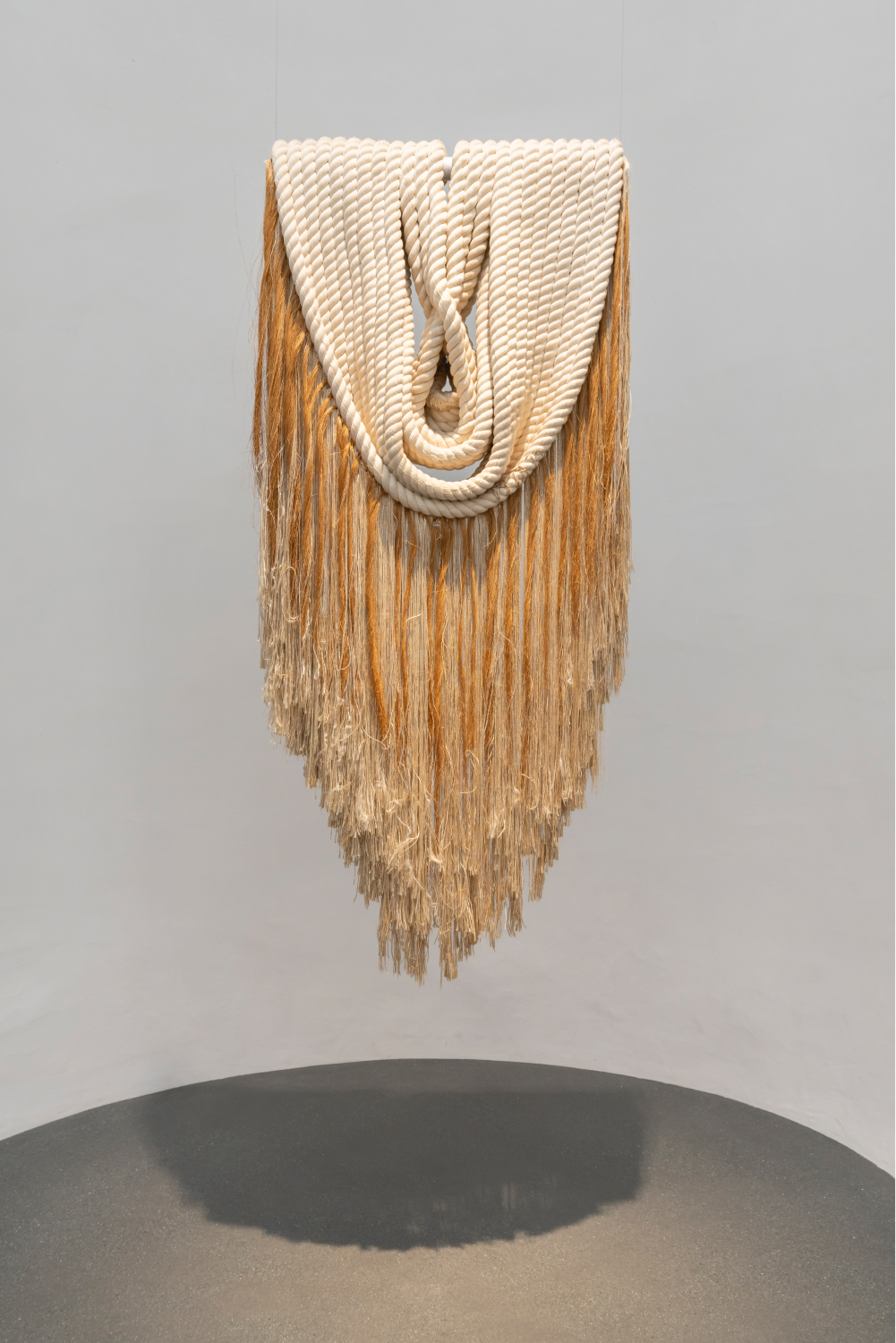
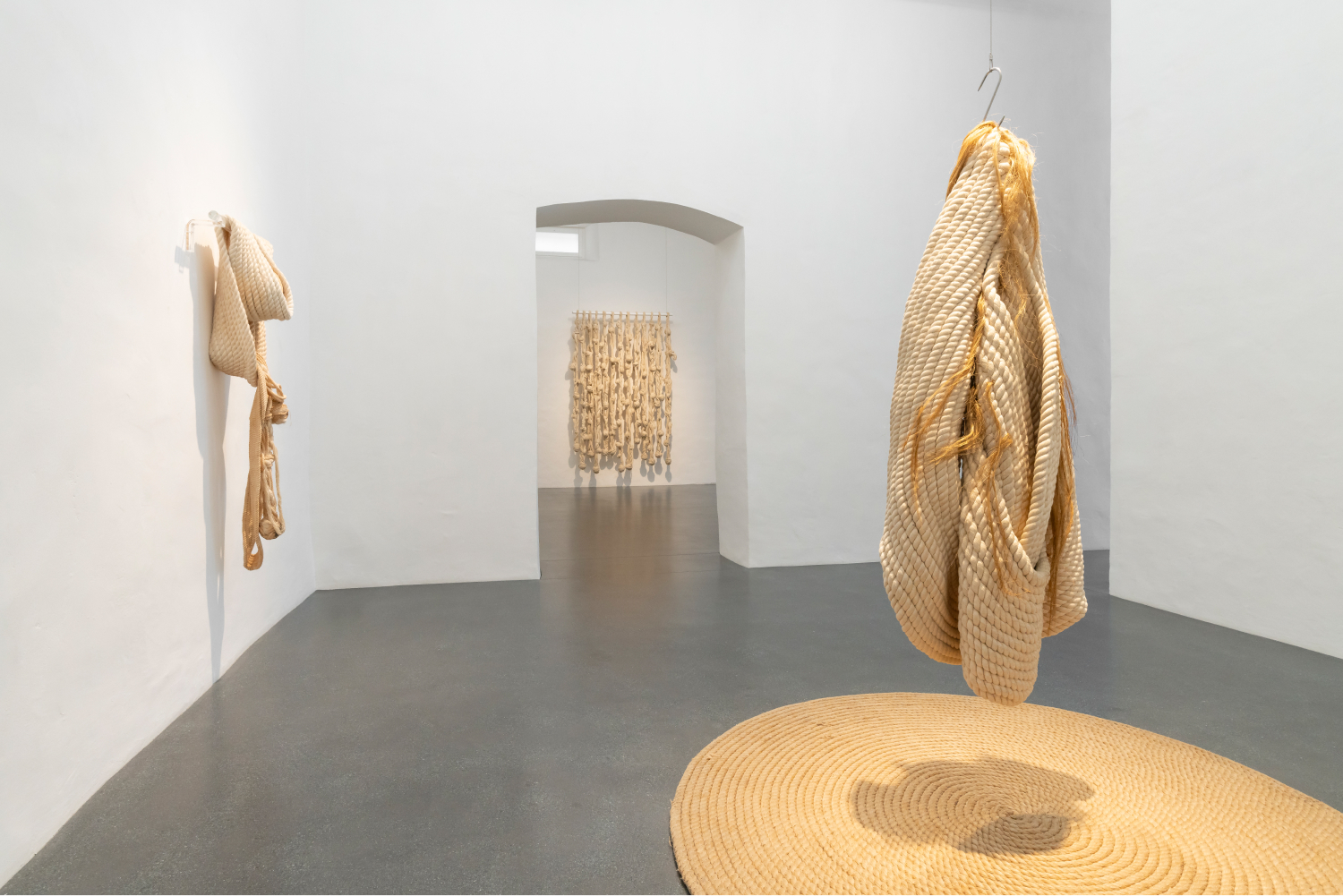


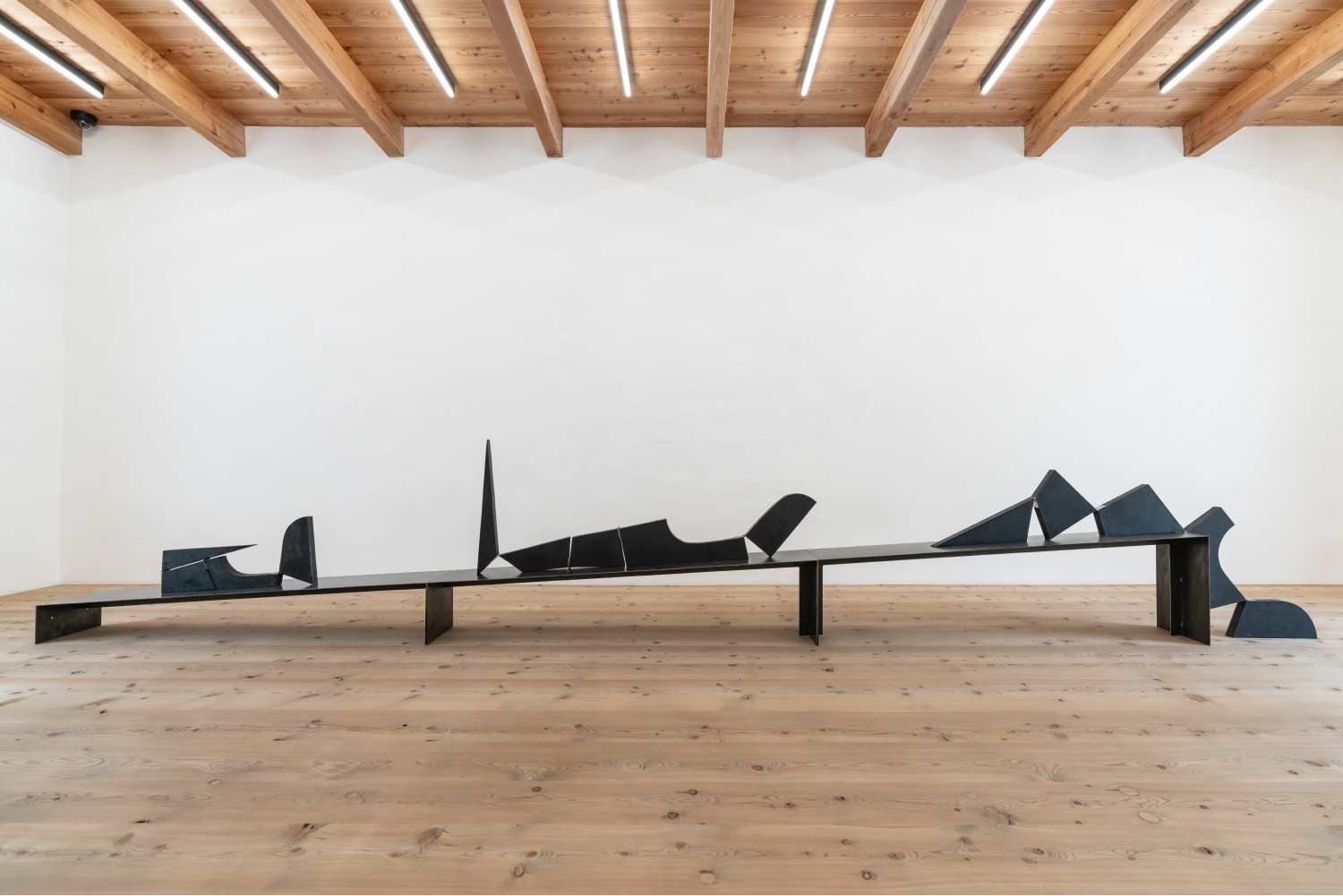


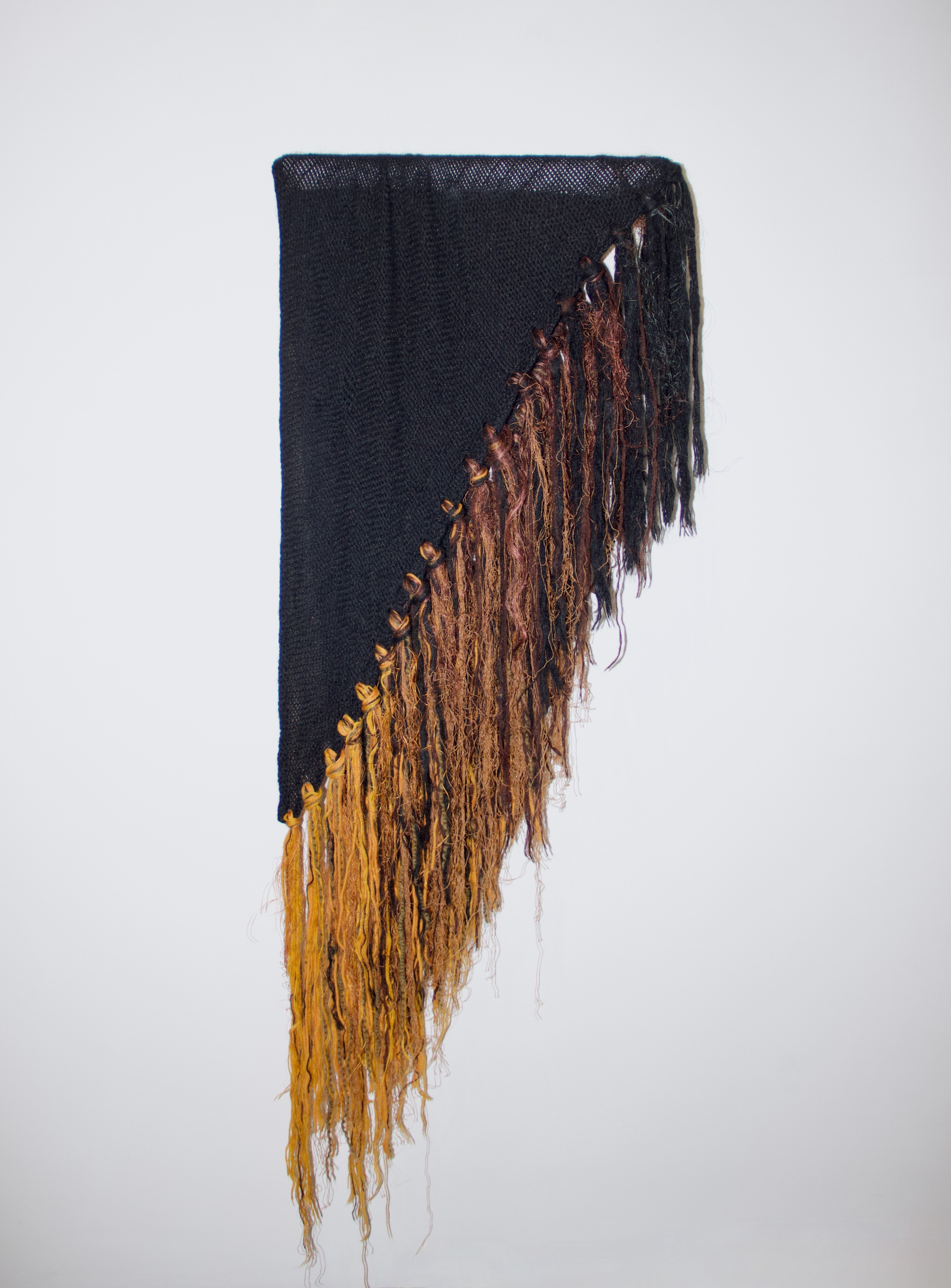
"My older sister told me that once, as a little girl, I arranged all my toys in a beautiful circle and started to dance between them and sing: ‘I’m Tapta, Tapta, Tapta.’ The family liked it, and I became Tapta. Forever. "
Tapta, 1997
"Tapta: Flexible Forms" is the first large-scale retrospective dedicated to the Polish-Belgian artist Tapta (1926–1997) outside of Belgium, the country to which she fled in 1945 and where she developed her artistic career from the 1960s onwards.
The title of the exhibition, Flexible Forms, refers to the central concept of her oeuvre: the creation of sculptures that through their flexible forms interact with the exhibition space and with the viewer. The exhibition’s ambition reflects Muzeum Susch’s founding mission to promote the work of international avant-garde women artists who have been overlooked or misread and have thus not been equally aligned and lauded with their male counterparts across art institutions all over the world.
Tapta (the pseudonym of Maria Wierusz-Kowalska, born Maria Irena Boyé) was born in Poland in 1926 and came to Belgium as a political refugee with her husband, Krzysztof, after taking part in the Warsaw Uprising of 1944. She studied weaving at the La Cambre National School of Visual Arts, Brussels, from where she graduated in 1949. Shortly afterwards, the couple moved to the Belgian Congo (now Democratic Republic of the Congo), where they lived from 1950 to 1960. On their return to Belgium in 1960, until her sudden death in 1997, she worked in Brussels as an artist and – from 1976 until 1990 – as a professor at La Cambre.
Installed in a loosely chronological order, the exhibition will give an overview of Tapta’s oeuvre, which is mainly divided into two ‘periods’: the textile works made in the 1960s until the early 1980s and the works in neoprene from the 1980s to 1990s.
The exhibition first focuses on Tapta’s textile works, in which she steadily distanced herself from traditional weaving by applying experimental techniques such as twisting her woven pieces and, in particular, through the use of ropes, which she knotted and joined together into organic volumes. Her work protruded outwards from the wall, became more three-dimensional and increasingly interacted with the space and the viewer, who was invited to experience the works not only visually but also in a tactile and physical manner, stepping around and even inside them.
In addition to about twenty original textile works, the exhibition will premiere the unique reconstruction recently made of Tapta’s "Forms for a Flexible Space" (1974). This imposing installation made of cords, in which the visitor can enter and take a seat, is – as far as is known – the only still existing environment of which Tapta created several in the early 1970s. However, since the original is in extremely poor condition, an exhibition copy was made last year during the Tapta exhibition at Wiels, Brussels, and will be shown in its entirety for the first time at Muzeum Susch.
Tapta’s activation of the viewer, as seen in the textile sculptures, also manifests itself in the black neoprene works that she began to make in the late 1980s and which – following an intermediate phase of experimenting with rubber and stretching ropes across the vaults of the exhibition spaces – marked a radical turn in her use of materials. Handcrafted rope sculptures now gave way to sculptures and installations from the industrially manufactured material, neoprene – further developing, however, her idea of flexible sculpture. Large black surfaces connected by metal bars and bolts form open structures, through or past which the viewer can walk. Sometimes, the different elements of the sculpture are connected by hinges, allowing their shape to be changed – according to the size of the space or the will of the visitor.
Next to a wide selection of art works, two rooms of the exhibition will be dedicated to scale models, by means of which Tapta invented both her textile and her neoprene sculptures. These models, which are miniature versions of the final monumental works or trial versions of sculptures that were never executed, reflect Tapta’s way of working: totally lead by the material – its texture, weight, flexibility, and touch – she sculpted the pieces of textile or neoprene into shapes that foreshadow how, in the eventual installations, she would lead, or weave, the visitors through the space, in and around her works, allowing them to experience the environment differently.
Some of the archival documents that will be shown next to the scale models, feature Tapta as a professor at the La Cambre National School of Visual Arts in Brussels. From 1976 to 1990, she led the textile workshop there, renaming it Flexible Sculpture. This commitment as a teacher was as important to her as her artistic practice. Rather than instructing her students in a particular technique, she prioritised the development of an open and critical mind. Her students included Ann Veronica Janssens, Monica Droste and Marie-Jo Lafontaine.
Liesbeth Decan


